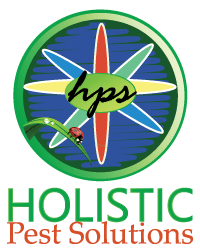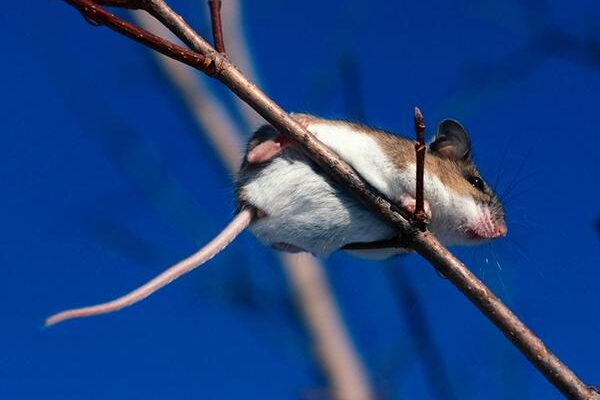Ever wonder where the small furry things go in the winter to stay warm? Squirrels, chipmunks, rats, mice… they survive the winters somehow, right? They didn’t always have our homes to hide in when it got cold. So how do we keep WILD outside? You have to expect that if you see one there are probably many more setting up nests and hidden food caches. As rodents tend to multiply quickly and often, the sooner you get the issue taken care of, the better. Now, let’s try to understand what brings them into your home in the first place.
Some mice and rats burrow underground like moles and rabbits when winter makes things uncomfortable for them. They make their nest in the burrows to stay warm. The deeper they burrow, the safer they are from the cold weather. If they are able to get enough materials, they may even build a warm enough nest above ground. If they find some bushes or a hollow in a tree to take cover in. Those resourceful rodents may NOT look for warmth and comfort inside your home.
House mice are more likely to look for solace in the human’s area. They are known for their ability to climb, so they can easily find a way in at ground level or even the attic area.
See also Winter Rodent Infestation
Fact is, a rodent’s initial instinct is to stay outside. If we make it easy for them to enter our homes and enjoy our warmth and food without as much effort, however, why wouldn’t they take advantage? There are many ways to keep rodents out of your home or remove them if they’re already there.
If you can’t keep WILD outside and you suspect that you have rodents in your home, Holistic Pest Solutions can provide you with a free assessment and suggestions for long term control; give us a call at 434 842 1700. Whether you’re in Charlottesville, Waynesboro, or close by to either; Holistic Pest Solutions has the perfect plan that is mindful of our clients AND our Earth.
*Our Environmental Commitment: Holistic Pest Solutions is committed to the preservation of our environment. Our goal is to nurture the soils and plant life of lawns and landscapes. Utilizing holistic pest control practices that cause the least amount of impact on the environment.







